
Blisters can affect different parts of the body. However, they most commonly form on the fingers or toes.
What are Blisters?
A blister is a collection of fluid called serum between the outermost layer of the skin (the epidermis) and the layer underneath (the dermis). Blisters can be also filled with blood (blood blisters). Any vigorous activity or friction that repeats for some time or severe pinching/squeezing may cause skin irritation and be responsible for blister formation.
What Causes Blisters on Fingers?
As it has already been mentioned the major contributor to blisters is continuous intense contact with any object, rubbing or friction that lasts for a long period of time. For instance, blisters frequently affect weight lifters.
Furthermore, blisters on fingers also affect people if their finger/fingers have been burnt. Namely, in case of burns the outermost layer gets separated from the rest of the skin and is filled with serum. Depending on the extent of burn blisters vary in size and are rather painful. The pain even intensifies if the blister bursts.
Blisters as Result of Insect Bites or Infections
Blisters on fingers may also develop at the site of insect bites and stings. They are more frequent in people allergic to insect stings/bites. Even close contact with some chemicals or material people are allergic to (for instance detergents, wool) may cause blister formation.
Certain infective diseases are accompanied by skin changes in a form of blisters. This particularly refers to chickenpox, herpes and a form of eczema called dyshidrotic eczema. In chicken pox and herpes skin changes do not have to affect fingers in all cases. But, when it comes to dyhidrotic eczema, the skin of the fingers and hands always gets covered with small and itchy blisters. There is one more skin condition associated with blisters which can form on the fingers. Its name is pemphigus.Blisters on Fingers Treatment
Regular blisters withdraw spontaneously and they heal faster if the superficial layer remains intact. Blood blisters also resolve on their own, but they may also easily get infected.
In order to accelerate healing and prevent rupture of blisters, the affected area should be covered with bandage. Before manipulating with blisters, especially if they have already ruptured, one must pay impeccable hand hygiene and this way prevent secondary infection. Draining of large blisters is achieved with a needle that has first been thoroughly washed up with soap and water and then sterilized by a flame. After making a puncture the serum is drained.
What To Do If the Blister Has Already Ruptured
If the blister has already ruptured, the skin should never be removed, but left onto the surface of the blister. It will protect the underlying layers and allow easier healing of the affected area.
All blisters must be monitored and if there is any sign of infection, one is supposed to consult his/her health care provider.
Finally, blisters associated with infectious diseases withdraw once the disease itself is eradicated.


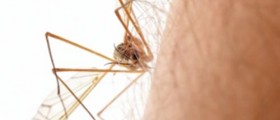
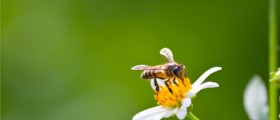
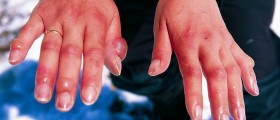
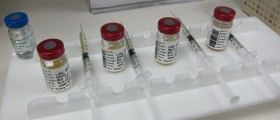
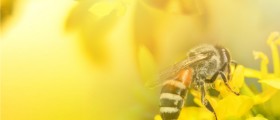
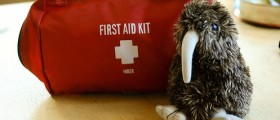
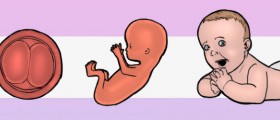
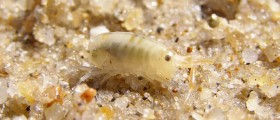


-Causes,-Symptoms-And-Diagnosis_f_280x120.jpg)


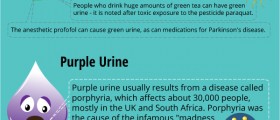
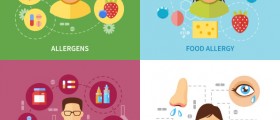
Your thoughts on this
Loading...